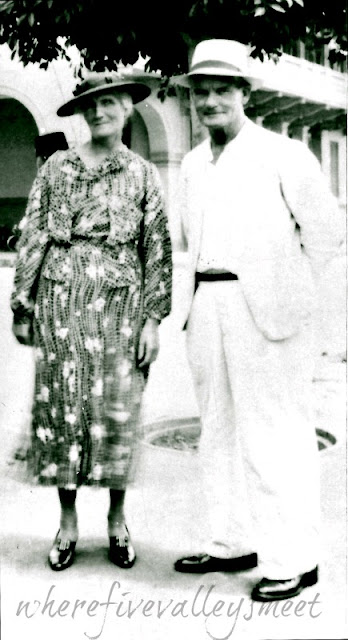Corner of a cabinet painted by Frans ll Francken in 1636
A cabinet of curiosities was a term used in Renaissance Europe for objects whose categorical boundaries were yet to be defined. They were known by various names such as Cabinet of Wonder, and in German Kunstkammer (art room) or Wunderkammer (wonder room). Today we would categorise the objects included in such a cabinet as belonging to natural history, geology, ethnology, archaeology, religious or historical relics.
Johann Georg Hinz - a Wunderkammer (1666)
The frontispiece from the Museum Wormianum depicting Ole Worm's cabinet of curiosities.
I suspect that many of you will have little objects around your home, on shelves, in drawers or you may even have a cabinet which holds things that you find curious and interesting. They do not necessarily need to be of value but are little treasures to their owners that may be reminders of travels, gifts given, or simply objects that have been found or bought and which we, their owners, are fascinated by - just like our ancestors before us.
My cabinet of curiosities holds many objects, most of which are small and are made or gifted by family and friends. Others are objects that we have picked up on our travels.
actual size
Once we had a Chinese family stay with us for a few days. They had a delightful little 4 year old daughter called Ida. She had never been in the countryside before, and was puzzled and even a bit nervous when she saw the very large cow 'pats' on our common. H came to the rescue by making her a poo-stick. She became very animated, skipping and jumping through the grasses looking for them and pointing her stick with glee when she found one. On her return home she drew this little picture for us and her mother machine embroidered fabric onto it.
actual size
This small painting was done for us by a friend who is a botanical artist.
actual size
A small paper Christmas tree made for us by one of our granddaughters in Norway.
actual size
H was given this little seahorse by fishermen at Ismailia on the Suez Canal, they had found it in their nets.
Did you know that the male seahorse is equipped with a brood pouch. When mating, the female seahorse deposits up to 1,500 eggs in his pouch. He then carries the eggs until the seahorses emerge fully developed, but very small. Once the tiny seahorses are released into the water, the male's role is done.
Did you notice that there is also a seahorse in the first painting by Frans ll Francken?
actual size
As a child I recall seeing glass tubes filled with this coloured sand from the Isle of Wight and being intrigued by it. When we visited the island ourselves one of the things that I wanted was a little bottle of this famous Alum Bay coloured sand.
My grandmother inherited money from the Darwin-Huish family - I wrote about the Darwin tobacco jar here. Because of the inheritance she and my grandfather were able to travel by ship around the world. This is a snapshot from their journey which I believe was in the early 1930s. I think that they must have been in their mid 50s but look much older than people would today. In fact my grandmother still looked like this when she died in 1959. I have a shell that she brought back with her. She used to tell me to put the shell to my ear so that I could hear the roar of the sea.
actual size
I recall my grandmother saying that she found it on a beach in Australia, but maybe my memory is playing tricks on me. I cannot imagine finding such a glorious shell on a beach.
"Listen to the oceans Granddaughter dear"
actual size
A small American very heavy silver dish with champlevé enamel work around the edge. This dish intrigues us as we know nothing about it. H has visited Panama, and believes that this dish shows the canal. Was it a souvenir from the Panama-California Exposition? The 1915 Exposition was held in San Diego to celebrate the opening of the Panama Canal. If you click on the photo it is possible to see one ship entering a channel with two others waiting in the background to pass through. A mystery object to us.
If anyone has any ideas about the enamel motif, please do comment.
A treasured birthday card made by our grandson.
The fascination with this object comes from the wood that it is made from...
York Minster via wikipedia
This little squirrel was made from English oak removed from the beam of the central tower of York Minster following restoration work. It is interesting to reflect that the original wooden beam was made from an oak tree which was probably already a well established tree and growing in 1066 when William the Conquerer arrived. When we first purchased the squirrel it was imbued with the smell of incense following hundreds of years of being in the Minster.
These images are slightly bigger than life size
Two Chinese junks carved from fruit stones - the bottom one has lattice shutters that open and close revealling people inside.
Time now for me to close the shutters too - I may reveal some more little curiosities another time.
first three images courtesy wikipedia


































,_Kunst-_und_Rarita%CC%88tenkammer_(1636).jpg)



















